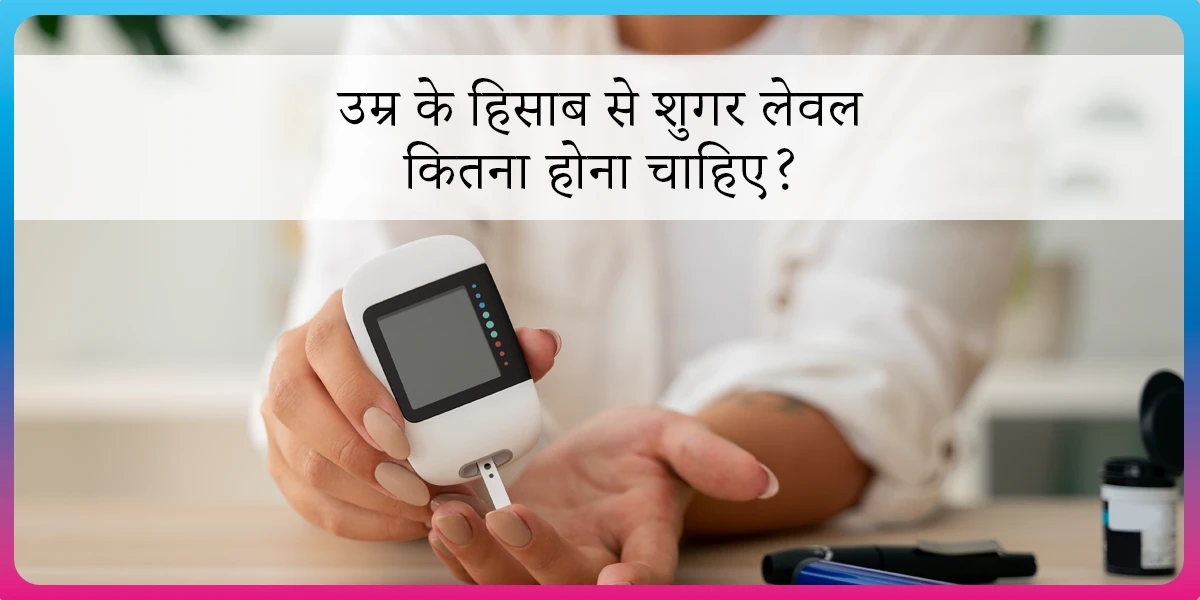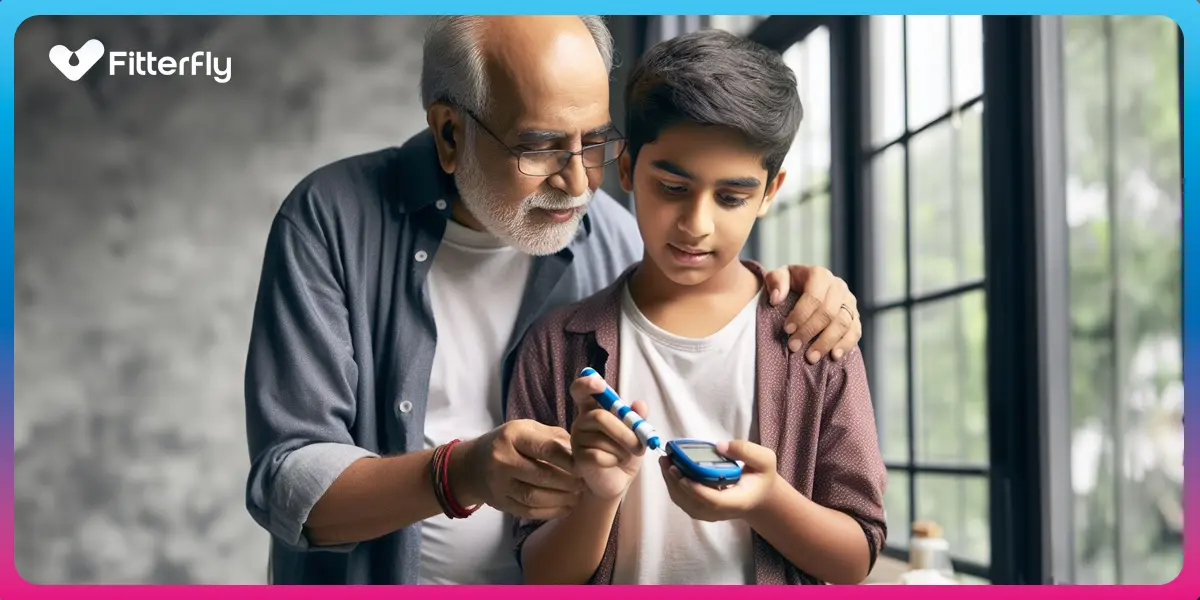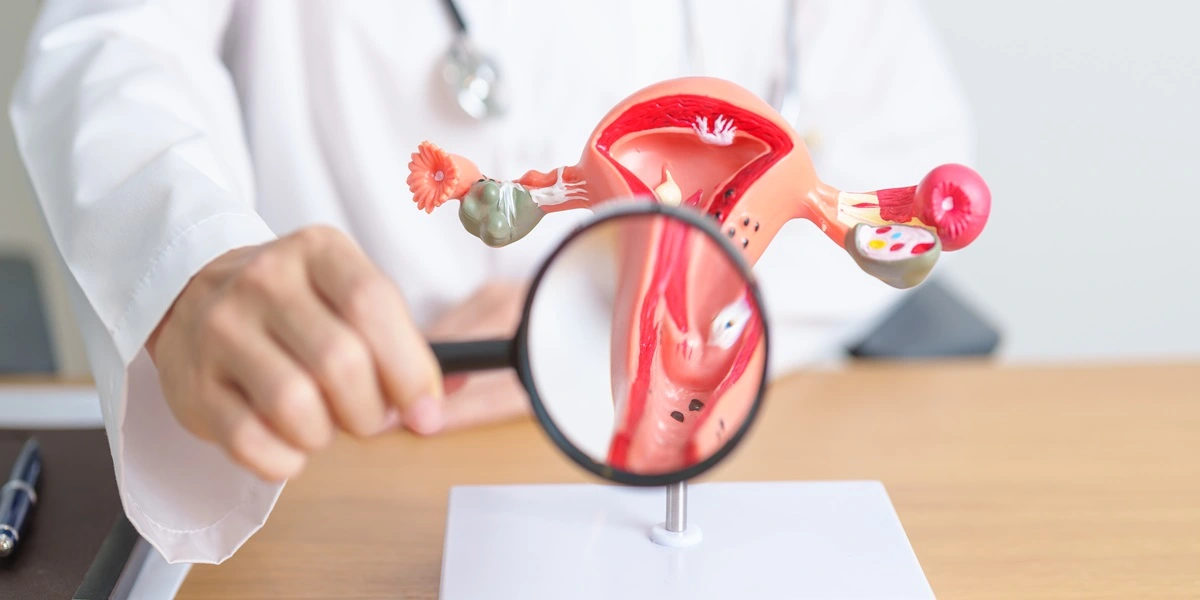Why Do People With Diabetes Need to Worry About ‘Glucotoxicity’?

Glucose is one of the most important energy sources for your body – to put it simply, your body needs glucose for its day-to-day activities. But too much of even the good things are bad, and this applies to blood glucose as well.
High levels of blood glucose (or blood sugar) leads to a condition known as diabetes.
It is common for people living with diabetes to have high blood sugar levels (> 180 mg/dL), but when these levels go beyond 240 mg/dL, your body enters into a ‘glucotoxic state’.
Leaving these high blood sugars untreated for prolonged periods can lead to a series of complications, including glucotoxicity.
Let’s understand the condition and its effect on your health in detail.
What causes Glucotoxicity?
When you eat, your food gets broken down into glucose which enters your bloodstream. In response, the beta cells in your pancreas release a hormone known as insulin.
Insulin facilitates the uptake of glucose from your bloodstream into the different cells of your body, which then use it as energy.
In healthy individuals, this process uses up the glucose in your bloodstream, thus keeping your blood sugar levels under control. Whereas for people with diabetes, this process is a little faulty.
Their pancreas either does not produce enough insulin, or the body doesn’t use insulin effectively. The net result? There’s too much-unused glucose in the bloodstream – leading to higher than normal blood glucose levels.
Without the right treatment, these high blood sugars increase the risk for glucotoxicity and other diabetes-related complications in the future.
What exactly happens in glucotoxicity?
Over time, high blood glucose levels damage the insulin-producing beta cells in your pancreas. Damaged beta cells decrease insulin production and increase your body’s insulin resistance leading to glucotoxicity.
In fact, even people who don’t have diabetes can have high blood sugars due to underlying health conditions.
Glucotoxicity is also known to be caused by oxidative stress – caused due to the lack of antioxidants in the body.
Who is at risk of developing glucotoxicity?
Glucotoxicity can occur in any of the following cases:
- People newly diagnosed with diabetes who were unaware of their high blood sugar levels
- People with diabetes who have other serious illnesses or medical conditions such as gastrointestinal bleeding or cardiovascular conditions.
- People with type 2 diabetes who aren’t getting or following the correct treatment
- People with type 1 diabetes who have been mistakenly diagnosed with type 2 diabetes.
Symptoms of glucotoxicity
Glucotoxicity has a poor prognosis, but an early diagnosis can prevent untoward complications. These symptoms might look similar to those of hyperglycemia/ hypoglycemia. To get an accurate diagnosis, visit your doctor and get yourself tested – especially if you consistently get blood sugar readings of more than 240 mg/dL.
- Excessive thirst
- Frequent urination
- Unintended weight-loss
- Lethargy
- Myalgia (muscle pain)
- Headache
- Dry mouth
- Refractive error (an eye disorder)
- Confusion
Complications of glucotoxicity
Untreated glucotoxicity may cause the following complications:
- Heart failure or cardiac injury
- Retinopathy
- Neuropathy
- Kidney failure
- Increased risk of cardiovascular diseases, stroke and heart attack.
- Hyperglycemic diabetic coma in patients with type 2 diabetes
- Diabetic ketoacidosis in patients with type 1 diabetes
Treatment for glucotoxicity
Finding and treating glucotoxicity at an early stage can not only prevent complications but will also save your life. The longer the treatment is delayed, the more harm it can cause.
In general, doctors recommend insulin therapy as the first line of treatment to bring sugars down quickly and later; other measures are used for the long-term management of glucotoxicity.
The good news is that the treatment with insulin is usually temporary. Once the raised blood sugars are brought within the targeted range, your pancreas will wake up and start producing the insulin, and you might not require to be on insulin forever.
After observing the progress in your condition, your doctor will further decide your treatment regimen.
To know your chances of Diabetes reversal, take the Diabetes Reversal TestDiabetes Reversal
Calculator
How to prevent glucotoxicity?
The best way to prevent glucotoxicity is to prevent the state of constant hyperglycemia, i.e. keeping your blood sugar within the normal range of 140-180 mg/dL.
Dr Shefali Bhardwaj, Consultant Digital Therapeutics (DTx) Program at Fitterfly, says this can be done with the help of 3 things — diet, exercise and medication.
These are few expert-guided solutions that can help prevent glucotoxicity.
1. Restrict carb consumption
Your body breaks down the carbs you eat into glucose that directly affect your blood sugar levels. If people with uncontrolled diabetes regularly consume carb-rich foods like maida, bread, ready-to-cook cereals, white rice etc., it can lead to hyperglycemia and slowly progress to a glucotoxic state.
But, you don’t need to avoid these foods altogether. The trick is to consume them in moderation. And, not all carbs are bad for you. Complex carbs found in millets, whole grains, beans, vegetables are good for you, which keeps you fuller for longer also does not cause an immediate spike in your blood sugar levels.
Apart from carbs, other nutrients such as protein, fat and fibre play a vital role in managing your blood sugar levels. Dr Bhardwaj recommends adding fibre, proteins and healthy fats for a well-balanced meal. Here are some good food sources of these nutrients that you can incorporate into your diet plan:
- Vegetables, fruits, and whole grains are excellent sources of fibre.
- You can get your daily dose of protein by including lentils, tofu, egg, chicken etc., in your diet.
- Nuts such as walnuts, almonds, peanuts and oilseeds are abundant in good fats.
It is best to consult a qualified nutritionist to understand your nutrition plan based on your medical condition.
2. Manage Stress
Various studies show that when you get stressed, your insulin levels fall, and more glucose is released from the liver. These two phenomena will result in a rapid spike in blood sugar levels.
Additionally, when you are under stress, your body produces a stress hormone – cortisol. The rise in cortisol levels causes insulin insensitivity leading to high blood sugar. Managing stress will help you to prevent spikes in blood sugar & improve insulin sensitivity. Yoga, meditation, breathing exercises, and adequate sleep will help you to lower your stress.
Do you know?
People with type 2 diabetes who practised yoga twice a week for 10 weeks lowered their blood sugar and stress levels more than people who walked twice weekly for the same amount of time.
3. Stay physically active
Regular exercise lowers your blood glucose levels and boosts your body’s sensitivity to insulin. In other words, insulin will start working better to keep your blood sugar levels within the targeted range.
Do you know?
Simple moves such as brisk walking regularly can prompt your muscles to absorb more glucose and help you lower your blood sugar and improve blood pressure.
So how much exercise do you need every day? It is essential to indulge in moderate physical activities for at least 150 minutes per week. If you haven’t been physically active recently, start with 10-15 minutes of simple walk in a day and increase gradually. Over time you can try other forms of exercise such as swimming, skipping & cycling, strength or resistance training.
The most pressing and lasting effect of glucotoxicity is its toxic effect on beta cells of the pancreas. But, if the problem is not brought under control on time, it can progress to long-term diabetes complications and even premature death.
Prevent it from happening at all! You can now check your hyperglycemia continuously using the latest device — Continuous Blood Glucose Monitoring System (CGMS). This device records 1300+ blood sugar readings in 14 days and gives a clear picture of what exactly caused a spike in your blood sugar levels. These CGMS readings will give a pattern of how your everyday lifestyle affects your blood sugar.
A Certified Diabetes Educator and Coach will analyze your CGMS readings. This will help you to catch and correct the hyperglycemia before it reaches the glucotoxic state. To this effect, Team Fitterfly has launched a complete diabetes care program – Diabefly, comprising of a Diabetes Nutritionist & Coach, a Certified Physiotherapist and a Clinical Psychologist.
Catch it & correct it with Diabefly! For more information, visit www.fitterfly.com/diabefly or call us on +91 224897 1077
This blog provides general information for educational and informational purposes only and shouldn't be seen as professional advice.
Fitterfly's Diabetes Prime Program
clinical term for Diabetes Reversal





 References
References









